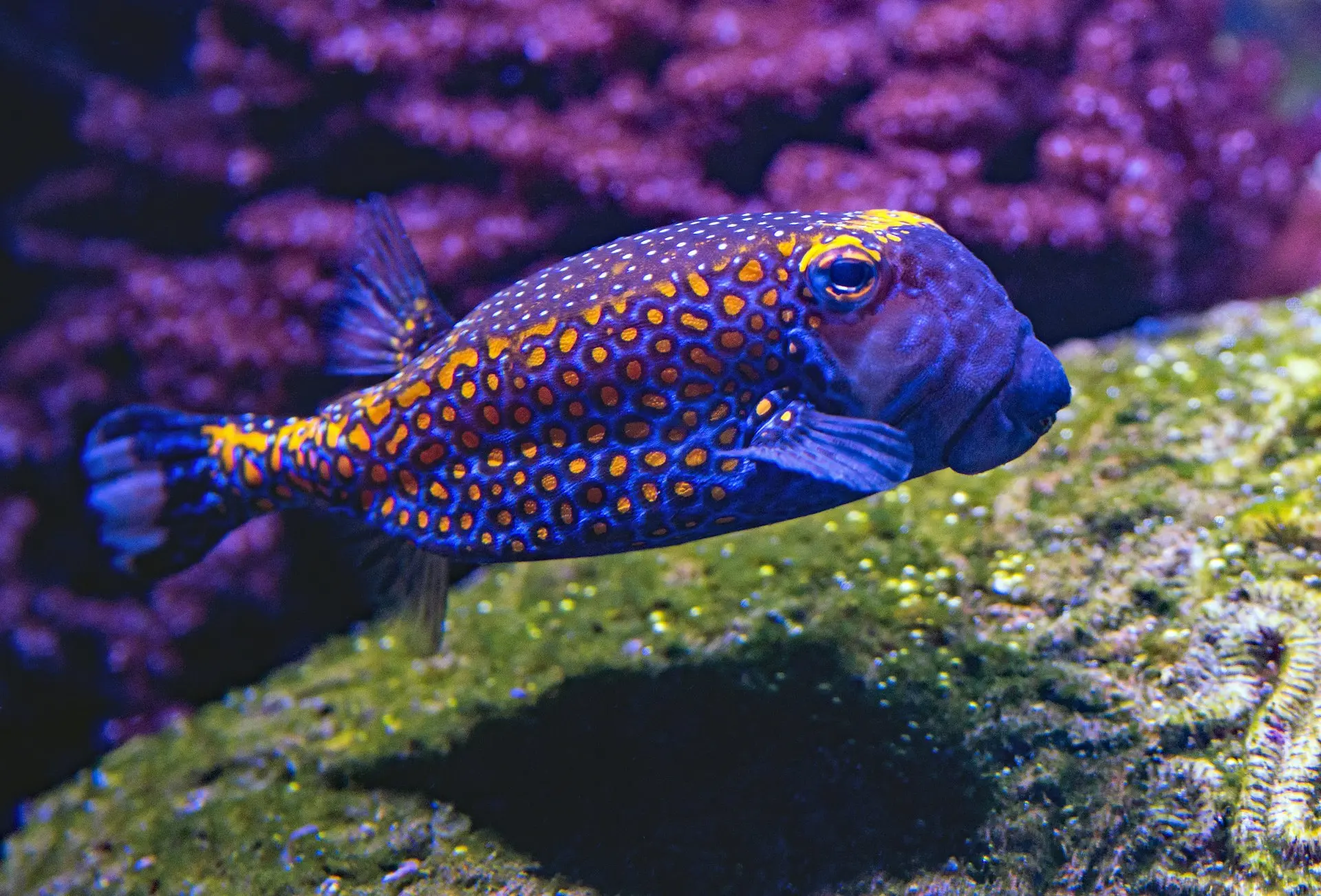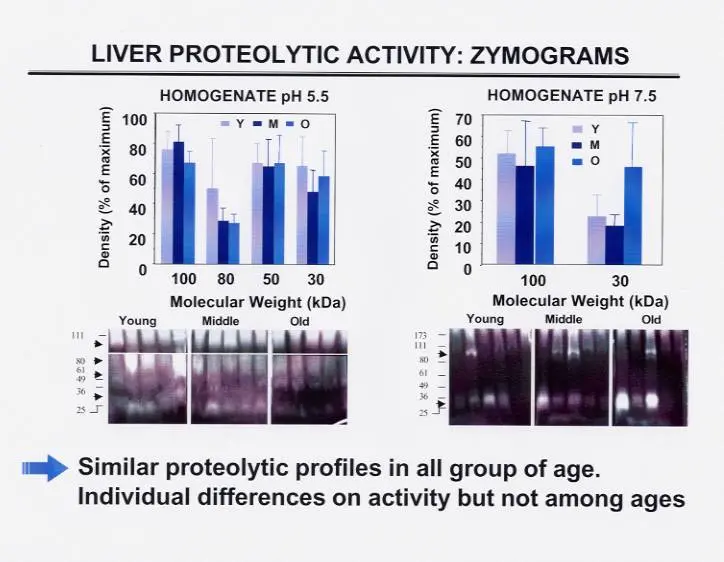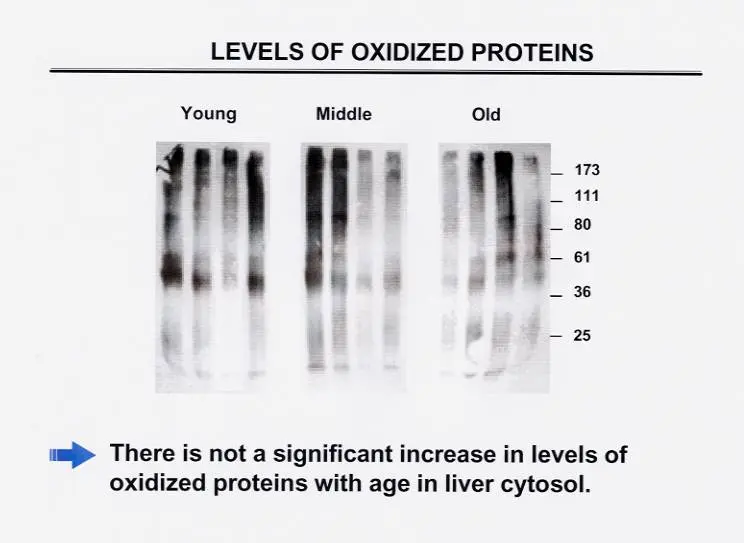Emerging Area of Aging Research:
Long-lived Animals with
"Negligible Senescence"
Aging research has advanced dramatically in the last several years, with much now known of the biochemical and genetic components of aging. But curiously, one potential area of study for aging research identified at least 70 years ago has not advanced until recently - the analysis of long-lived animals. In the 1930's it was proposed that some fish do not show signs of senescence (Bidder 1932). Even though biological tools such as histology existed at that time, no known efforts were made to examine these animals.

Top inquiries addressed
The Centenarian Species and Rockfish Project was founded in 1995 to uncover the mechanism(s) that appear to retard aging in very long-lived animals such as rockfish, turtles and whales. This new area of study in biomedical gerontology has the potential to reveal the genetic and biochemical processes involved in slow aging that could then be applied for human benefit. The project now incorporates eleven lines of research at several universities and laboratories in the U.S. and Europe. Although rockfish (genus Sebastes) have been the focus to date, biochemical profiling of turtle blood serum has started recently (see the turtle pilot study below), and whales are under consideration. Leonard Hayflick, discoverer of the "Hayflick limit" of cellular senescence and an advisor to this project, states "Guerin's project is not only unique, but probes an area of almost total neglect in biogerontology yet an area with more promise to deliver valuable data than, perhaps, any other
Caleb Finch at USC coined the term "negligible senescence" to describe very slow or negligible aging (Finch 1990). He listed several animals exhibiting it, including rockfish, sturgeon, turtles, bivalves and possibly lobsters. Later in a paper from the first Symposium on Organisms with Slow Aging (which the Director of this project also spoke at), Finch further described criteria to test the occurrence of negligible aging. These include no observable age-related increase in mortality rate or decrease in reproduction rate after maturity, and no observable age-related decline in physiological capacity or disease resistance (Finch and Austad 2001).
is important in studying long-lived animals. In turtles, determination of minimum age is relatively straightforward with tag and recapture methods. In deep-water fish, the most common technique is growth-zone analysis of the otolith, or ear bone (Bagenal 1974, McFarlane and Beamish 1995). Two recent international symposia have focused entirely on the importance of otoliths in fish life history studies (Secor et al. 1995, Fossum et al. 2000). Another technique used by fisheries management to provide an independent age estimate is the radiometric approach, which utilizes a known radioactive decay series in the core of bones (Bennett et al. 1982, Campana et al. 1990). Recent research that showed whales can live over 100 years and possibly over 200 years used aspartic acid racemization (George 1999).
Zoos have also compiled longevity information. Alligators have been recorded up to eighty years of age, although it is uncertain if death was due to senescence or environmental factors (Snider, A.T., Bowler, J.K. Longevity of Reptiles and Amphibians in North American Collections 1992, and personal communication with the Cincinnati Zoo 2001). Green sea turtles have been estimated to take up to a maximum of 50 years to reach maturity in the wild, due to their low protein diet (Bjorndal 1985). Delayed reproduction is usually associated with a very slow rate of aging. A 1994 issue of Gerontology was devoted to aging in cold-blooded vertebrates; it compiled research showing that even though some fish are long-lived, many are short-lived and have senescence similar to that seen in mammals (Patnaik, B.K. (Ed.), 1994).
Many of the animals mentioned above were considered for the best model to study negligible senescence, and rockfish became the first research effort in 1997. The Alaska Fish and Game provided data on randomly sampled Yelloweye rockfish, from commercially caught fish off of Sitka, Alaska. The charts they provided showed that 16% of the fish going to people's dinner tables were 50 years of age or older, with several over 100 years old!
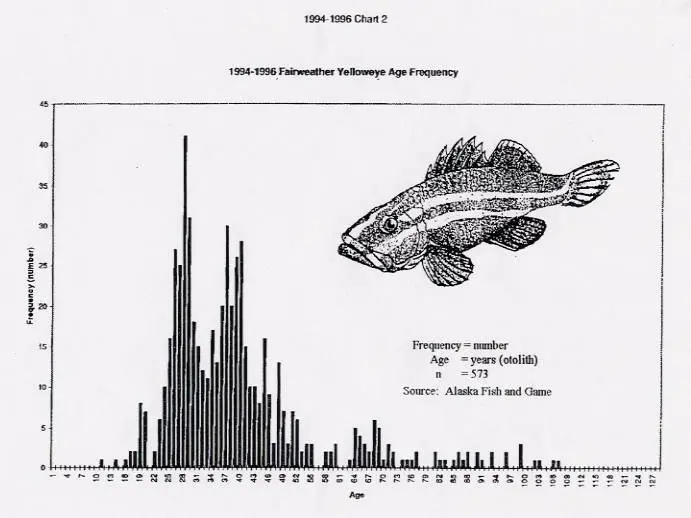

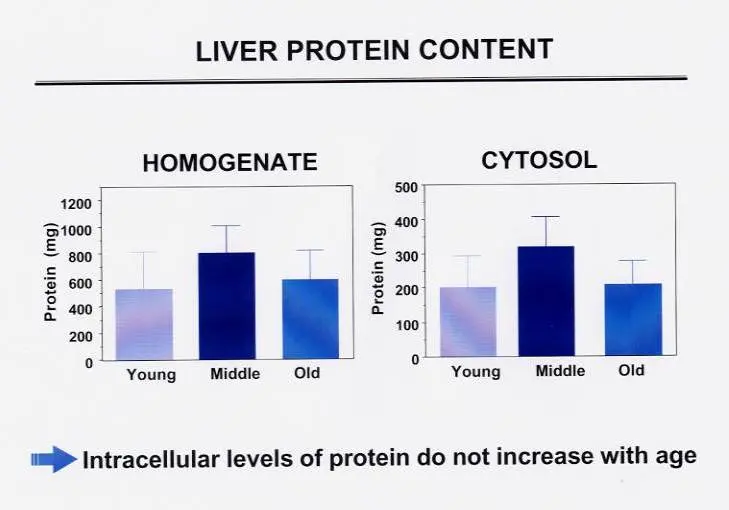

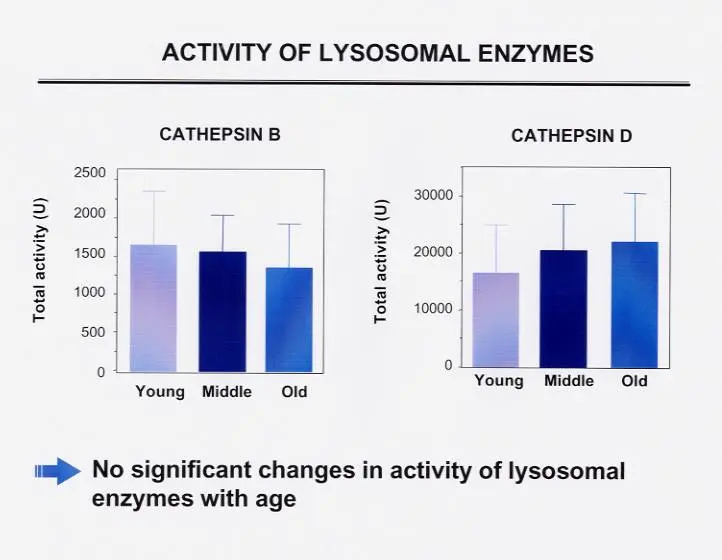
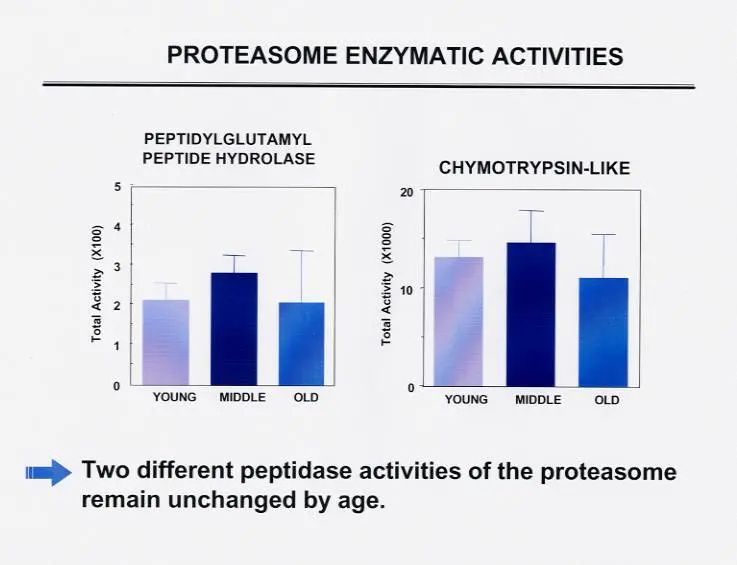
She did not find significant differences in the activity of proteases between age groups, suggesting that the normal levels of protein degradation found in the oldest animals results directly from the normal functioning of their proteolytic systems. A standardized method to detect the presence of oxidized amino acid residues in proteins also showed no increase with age. She concluded that the groups analyzed here did not exhibit the dramatic decline in protein degradation with age described in other species such as rodents.
Tocopherol derivatives. Robert A. Floyd, Free Radical Biology and Aging Research Program, Oklahoma Medical Research Foundation, Oklahoma City, OK. Bob analyzed tocopherol derivatives in rockfish brain and heart up to 83 years old (Hensley et al 2000 for protocol). He found unexplained differences in two comparisons, albeit with significant scatter in the data points (shown are tocopherol comparisons). In gamma over alpha tocopherol and 5-nitro gamma over total gamma measurements, brain tissue showed a positive correlation with age or no trend, respectively, whereas heart tissue showed an inverse relationship with both.


Telomerase expression
Guido Krupp, Institute for Hematopathology, Christian-Albrechts University, Kiel, Germany. Guido and Wolfram Klapper analyzed telomerase expression in brain, heart and liver tissues from rockfish up to 93 years old. According to the telomere hypothesis, DNA replication leads to telomere shortening, resulting in a cellular mitotic clock (Klapper, Krupp et al 1998a, 1998b). Telomerase resets it by telomere synthesis. Since most rockfish grow throughout their life, they must perform continuous cell proliferation. For maintaining this cell proliferation capacity, telomerase should be active in cells of all somatic tissues, irrespective of fish age. Results of the pilot study confirmed this expectation: in all three tissues, significant telomerase activity was detected (shown are figures depicting the telomerase cycle, and chart comparing expression in rockfish brain, heart and liver tissues). Most importantly, there was no age-dependent change in expression. Unanswered questions of interest are the length of rockfish telomeres, the correlation of telomerase activity with cellular proliferation, and quantification of levels of apoptosis.
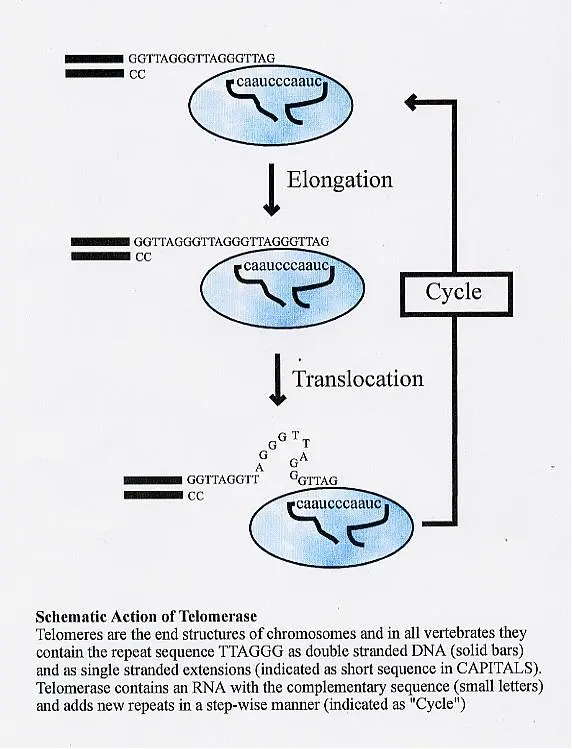
Oxidative damage
David E. Williams, Linus Pauling Institute, Oregon State University, Corvallis, OR. David exposed both Rougheye and Yelloweye rockfish liver samples up to 101 years old to oxidative damage (Kelly et al 1992 for protocol). He found the generation of TBARS (a marker of lipid peroxidation) was dramatically reduced compared to rat or monkey liver microsomes (this experiment is shown below, followed by a figure showing dose-dependent effect of rockfish cytosol protection). Paradoxically, the polyunsaturated fatty acid (PUFA) content (and hence intrinsic oxidizability) of rockfish is relatively high compared to trout, for example, suggesting that rockfish have additional protection from oxidative reactions. Attempts to duplicate this research a year later with samples that had been stored at -80 degrees C. were unsuccessful. Dr. Williams suspects the protection may be thermolabile, possibly a protein or peptide.

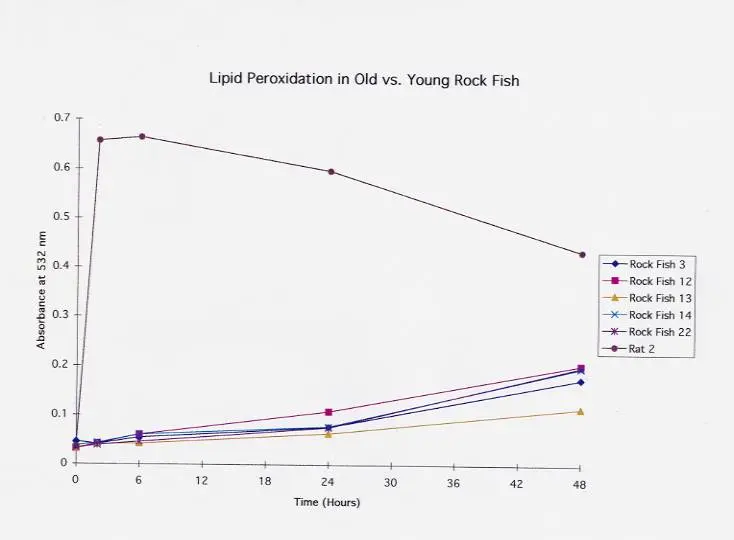

Histology
Jerry D. Hendricks, Department of Food Science and Technology, Oregon State University, Corvallis, OR. Jerry performed histological examinations of young-, medium- and older-aged rockfish spleen, liver and kidney. He found an increase of melanomacrophage centers in older specimens, although the physiological consequences of these melanomacrophage centers does not seem to affect survival (shown in figure is liver from a 15 year old rockfish in top frame, and an 83 year old rockfish in bottom frame, both 25X). No other cellular indicator existed to differentiate between the cells of young and old rockfish, which ranged over 80 years between youngest and oldest samples.
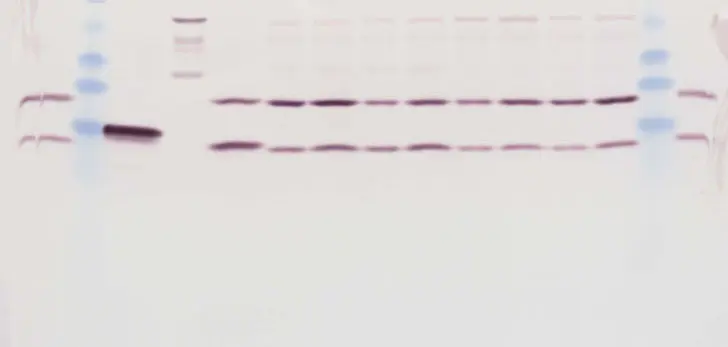

Marcelle Morrison-Bogorad,Associate Director, Neuroscience and Neuropsychologyof Aging Program, National Institute on Aging: Heatshock gene expresssion as a function of age inrockfish.Recent literature has pointed out that at least somegene mutations that extend lifespan are in genes thatinvolve increased resistance to oxidative stress,thermal stress and ultraviolet radiation. Increasedlifespan could depend on the organisms ability to fendoff insult by increased constitutive levels of proteinproducts of some or all of these protective genes.Hsp70 (heat shock protein 70) and hsc70 (heat shockcognate 70) statement has been shown to play a role inthe cascade of events dealing with protection fromoxidative, thermal and ultraviolet insult. Prolongedexposure to inumerable stressors can result in celldeath. The presence of these and other molecularchaperones may become extremely important inunderstanding how non-dividing cells survive a longerlifespan.This study will look at the gene statement of the heatshock 70 family in rockfish. We will compareconstitutive levels in both short- and long-livedspecies of rockfish with those of other short- andlong-lived organisms we have already examined todetermine whether hsp70 levels change with age. Wewill use western blot analysis, with antibodiesavailable against a region that is vey homologusacross species, and has been used in some of thepublished fish studies thus far.(2 - January 2002) Glenn Gerhard, Department of Pathology, Dartmouth Medical School: "Measurement of Hepatic Antioxidant Defense Protein Levels in Rockfish of Different Ages."

Reactive oxygen species (ROS), such as superoxide anion and hydrogen peroxide, are generated in aerobic organisms through normal metabolism. ROS may be involved in of normal processes such as intracellular signaling and defense against micro-organisms. In addition, ROS may cause oxidative damage, which may be involved in the aging process. Lipid peroxidation , DNA damage, and protein oxidation mediated by ROS have been found to increase during aging in various tissues.
A wide array of enzymatic and non-enzymatic antioxidant defenses exist to counteract ROS, including superoxide dismutase (SOD) and catalase (CAT). SOD converts the highly reactive superoxide radical to the less reactive H2O2. H2O2 can be metabolized by CAT. In most vertebrates there are three forms of SOD. MnSOD is a nuclear-encoded enzyme that is located within the mitochondria. Cu, ZnSOD may play a major role for detoxifying superoxide anion radicals in the cytoplasm. CAT reacts with H2O2 to form water and molecular oxygen.
Protein levels of MnSOD and CuZnSOD in liver samples obtained from Rockfish were quantified by Western blot (Figure 1) and plotted versus age (Figure 2). An inverse relationship appears to exist for the two enzymes. MnSOD appears to fall with age while CuZnSOD appears to increase with age
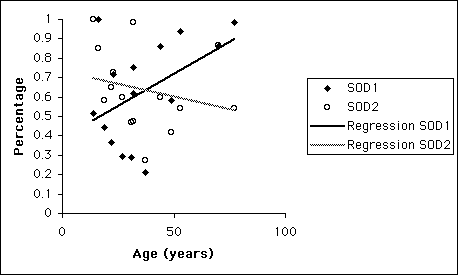



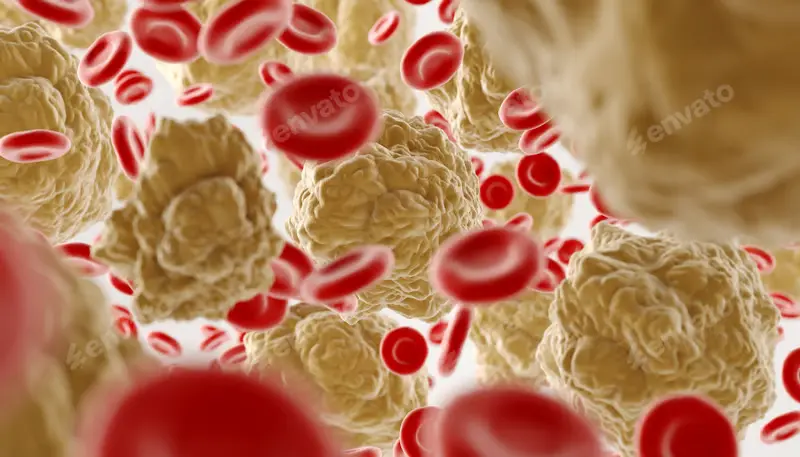
(3 - October 2001) Judd Aiken, Department of Biomedical Sciences, University of Wisconsin-Madison, joined the project in October. His study will investigate electron transport abnormalities and mitochondrial DNA mutations in rockfish heart tissue ranging in age from 12 to 83 years old (age determined by otolith).(4 - September 2001) In a joint collaboration, the project's turtle ecologist - Justin D. Congdon - is working with Kronos Science to collect and analyze Blanding's turtle blood serum samples (shown is chart of Kronos Science Complete Assessment tests). Turtles have been marked over decades at several reserves in the United States (Congdon 1996). At the E.S. George Reserve in Michigan, some turtles were marked as adults in the 1950's and remain in the population today. Blood serum will be drawn from these and younger turtles. These measurements will identify a set of candidate biochemical markers of age, which can then be compared with the short-lived and long-lived rockfish collected by Fish Ecologist Greg Cailliet .
The first experiment with the rockfish RNA did not produce results. The controls worked, but there were no signals from the rockfish RNA. The experiment is being repeated under different conditions that may increase the signal, with new RNA being prepped for the next experiment.
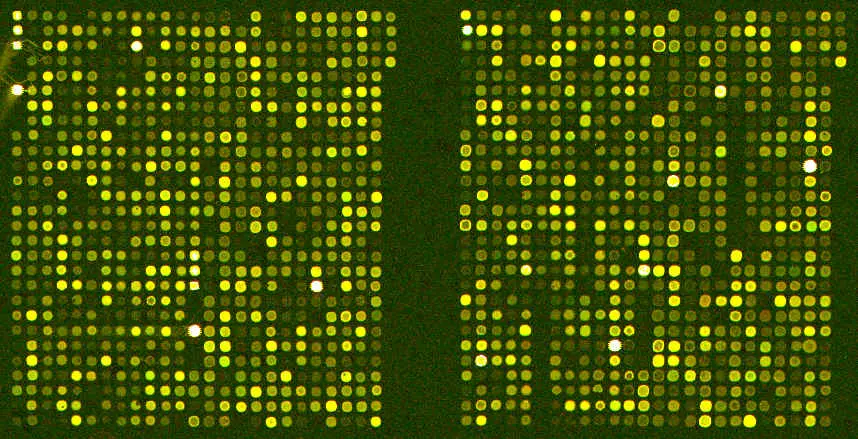
Caption: Zebrafish Micro-array fluorescence output shown, following hybridization of fluorescently labeled zebrafish RNA to robotically spotted oligonucleotides affixed to a glass slide. This technique was used for the rockfish liver samples.
Mitochondria and nuclear DNA damage
Tory Hagen, Linus Pauling Institute, Oregon State University, Corvallis, OR.Tory received 16 rockfish liver samples ranging in age from teen-age years to over 90 years old. He measured DNA damage in both mitochondrial and nuclear DNA (Helbock et al. for protocol). Since up to 95% of free-radical production occurs in the mitochondria, this information from a long-lived species could be very revealing. The preliminary evidence suggests there is no age-related increase in steady state 8-oxo-deoxyguanosine among the different aged samples (shown is table comparing 8-oxo-dG damage). The numbers, however, were several times higher than seen in rat liver tissue, so a larger sample size is necessary to verify if this is due to species differences or to artificial oxidation, which would still tend to increase relative differences uniformly.



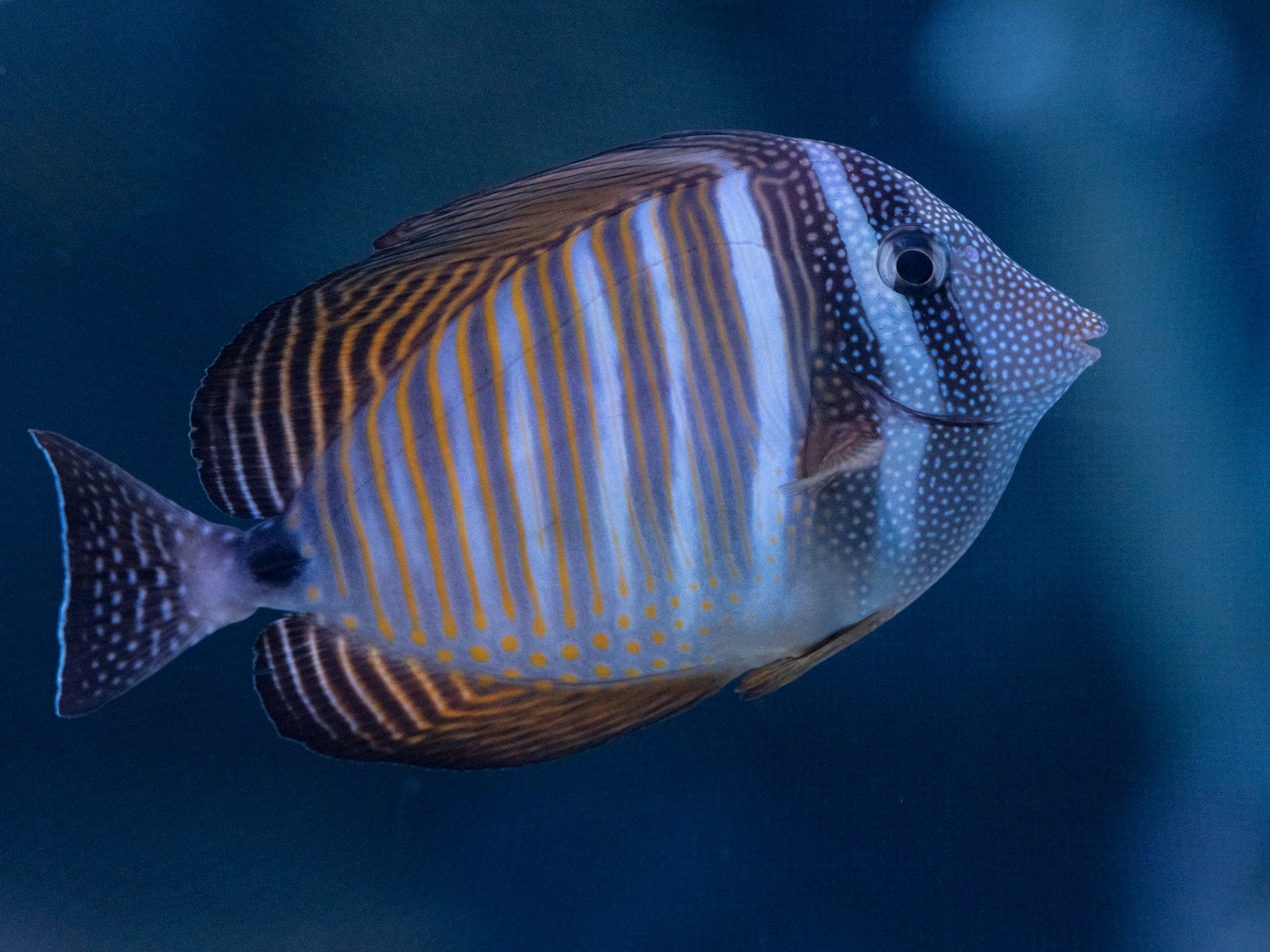


Complementary DNA library
Berislav V. Zlokovic, Neurovascular Biology division, University of Rochester Medical Center.Berislav received rockfish heart and brain samples up to 80+ years old. He has applied for funding to construct a complementary DNA (cDNA) library, using subtractive hybridization, a relatively expensive process. When funded he will identify active genes in the younger and older rockfish. This information can then be compared with shorter-lived rockfish. Rockfish Biochemical profiling. Gregor Cailliet, Moss Landing Marine Laboratories, Moss Landing, CA.Greg collected blood serum samples from several long-lived rockfish. This collaboration with Kronos Science was intended to run comprehensive biochemical profiling tests (the same biochemical tests as for turtles above), and to eventually collect and compare the results with short-lived rockfish. This would have identified possibly over a hundred biochemical markers of age, focusing on cardiovascular function, oxidative stress (including CoQ10 and ORAC tests), and a profile of vitamins, minerals and hormones. However, the blood preparation could not be prepared to the specifications for the Kronos tests, which are normally run with human blood serum. Without funding the project was unable to continue collecting samples to get usable research results.
What do you want to explore in animal biology?
Discover our animal biology solutions
Our services include comprehensive research in animal biology, offering insights into species behavior, genetics, and conservation.
We aim to provide valuable information that supports both academic and practical applications in the field of animal science.
